Wax carving advent calendars?Wax carving advent calendars?
Blue wax
Blue is probably the most recognizable wax color out there. You can buy it everywhere in whatever shape or size there is.
So what’s it like to work with blue wax?
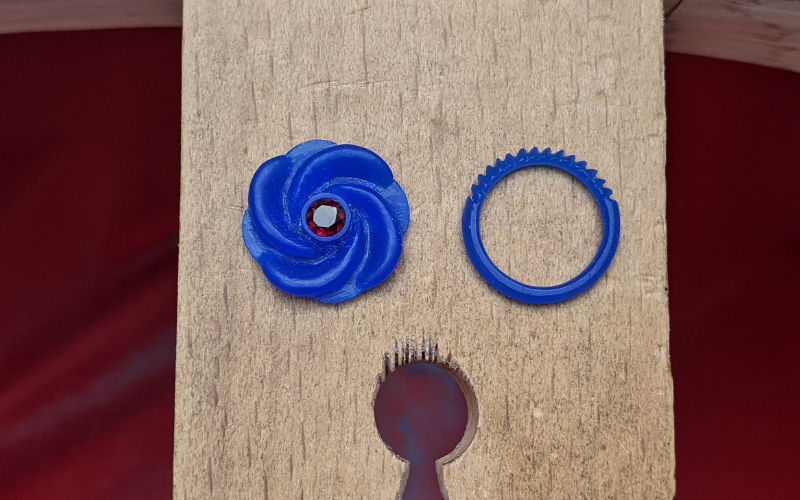
For the wax color comparison series, I make some pieces with each wax color. I use all the common tools and techniques and describe how easy/difficult they were. Keep reading along and find the wax that best suits your making style.
Curious about the other colors? Read about green wax, purple wax, turquoise wax, gold wax, Wolf gold wax and orange wax.
Piercing
I used a regular saw blade for this. With a wax blade, all colors would end up with the same verdict: quick and easy. Besides, you want to use a regular blade for precision work.
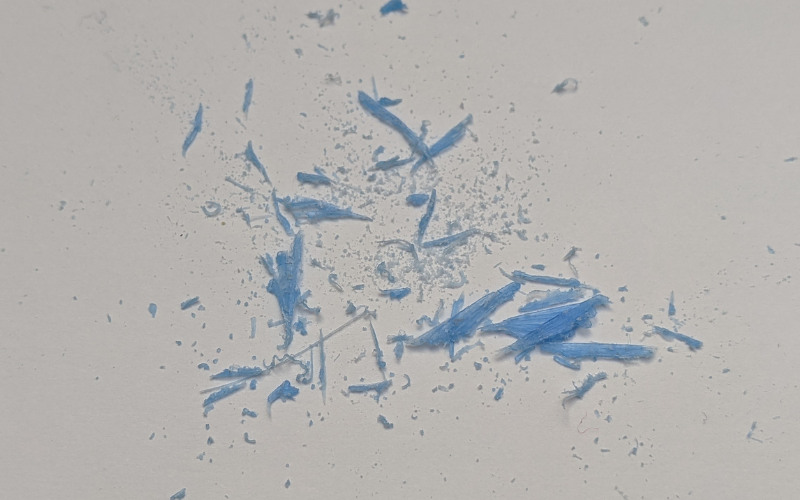
Thick pieces (ring tube etc): piercing is decent and pretty quick. You only get fine dust on your first few saw strokes, but it quickly starts to clump together. When that happens piercing becomes even easier.
Thin pieces: piercing thin pieces is even quicker and easier. You can pierce accurately to the line from the start.
Hand files
Big sections (side of a ring etc): filing big sections is great. You see immediate results with every file stroke. If you’ve pierced through cleanly, you only need a couple of file strokes to get a smooth flat surface.
You only get fine dust that doesn’t clog the files at all.
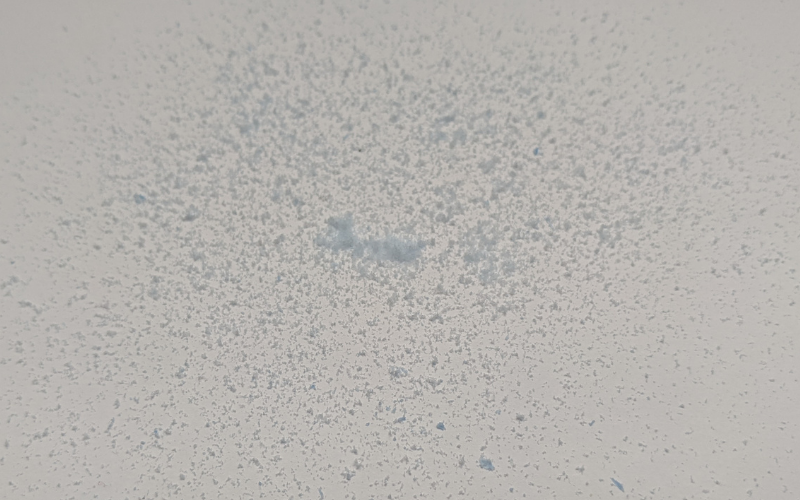
Small sections: filing small sections is good. You see quick results with every file stroke.
The wax dust does clog your files eventually.
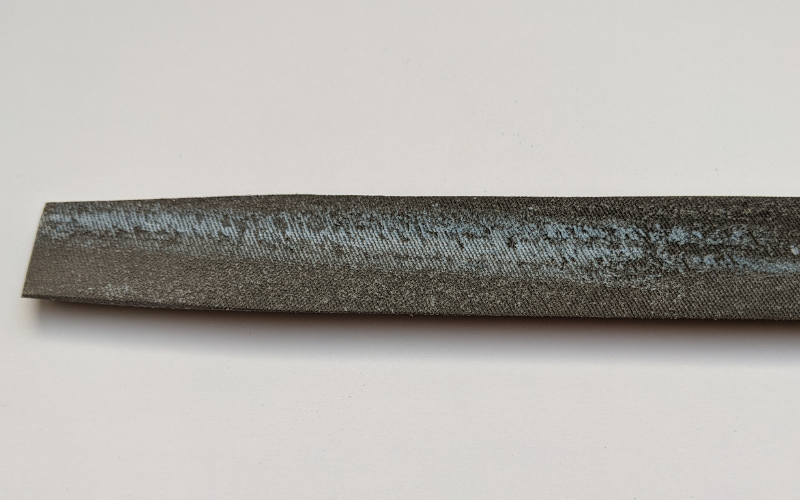
And brushing the file with your hand doesn’t remove all the dust.
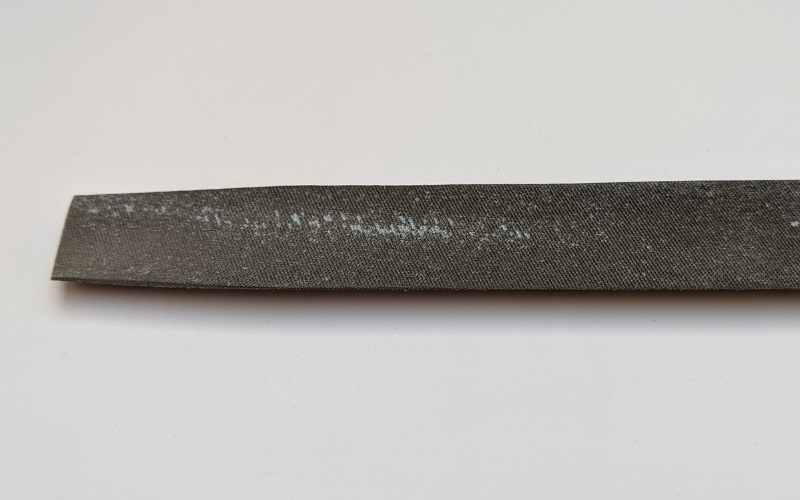
You really have to get in between the teeth of the file with a toothbrush or even your fingernails to get rid of everything.
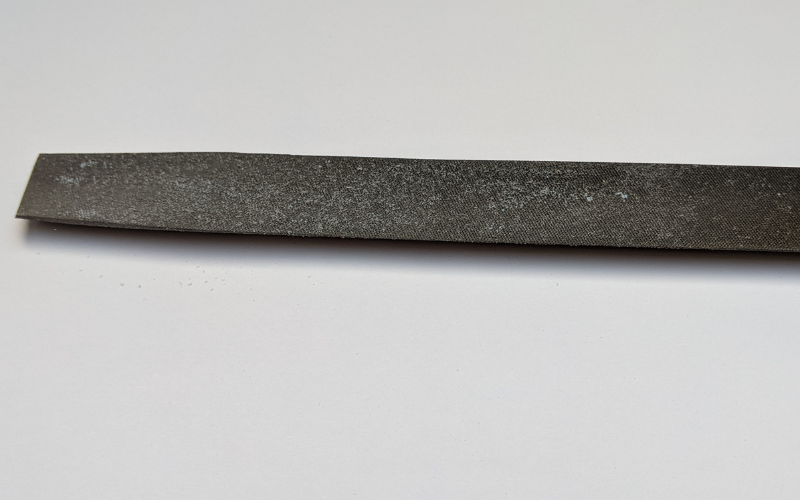
Needle files
Needle files work great on blue wax. You can easily file the wax into the shape you want. If you don’t put a lot of pressure on your file, you can get a pretty clean surface finish with just files alone.
The wax does clog your needle files.
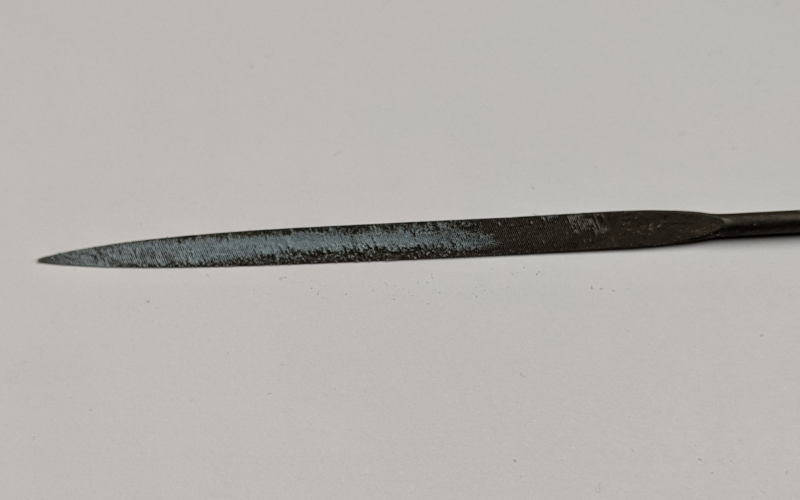
And there is only so much you can remove by just brushing them with your hand.
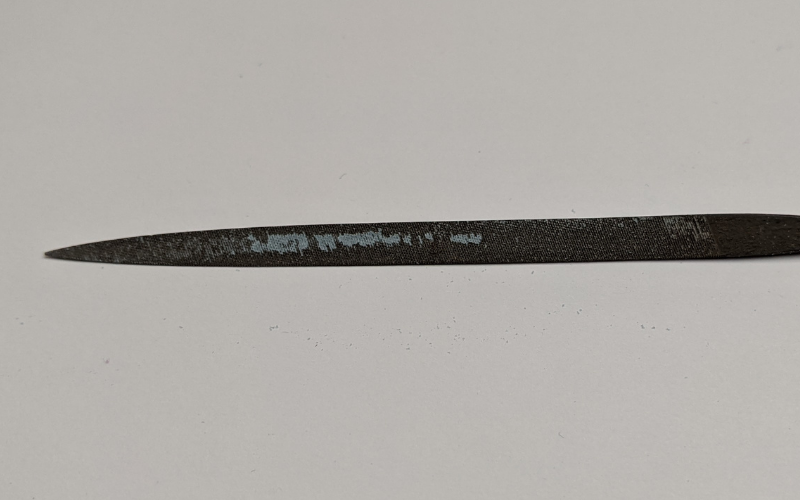
If you want to get rid of everything, you have to get in between the teeth of the file. A toothbrush can work or use your fingernails to push those wax bits out.
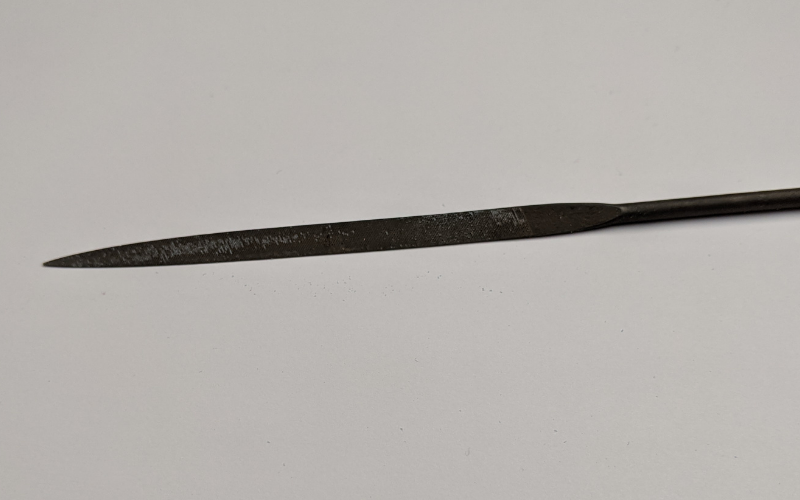
Carving tools
Carving tools work great on blue wax as well. You can easily refine your shape and add details with them. You can make good curves and get flat surfaces without a problem.

Melting
Repairing: melted wax transfers really easily. Both from liquid onto a wax pen and from wax pen to a different piece of wax. There is only minimal stringiness when transferring.
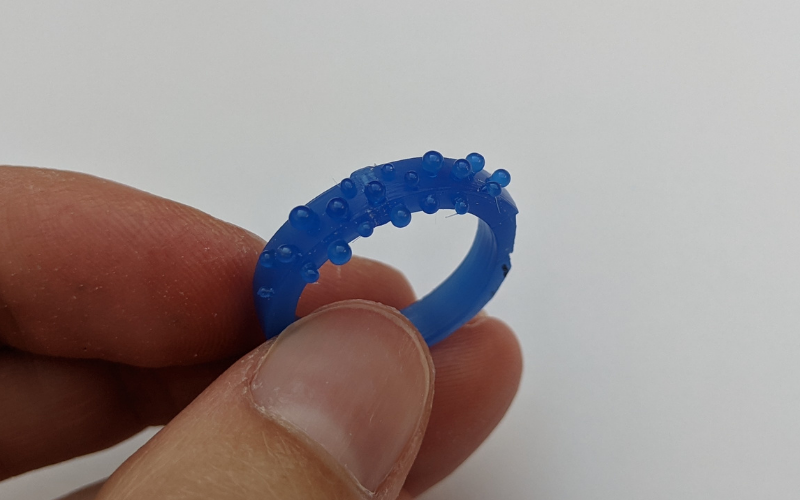
You can get a good blob onto a break.
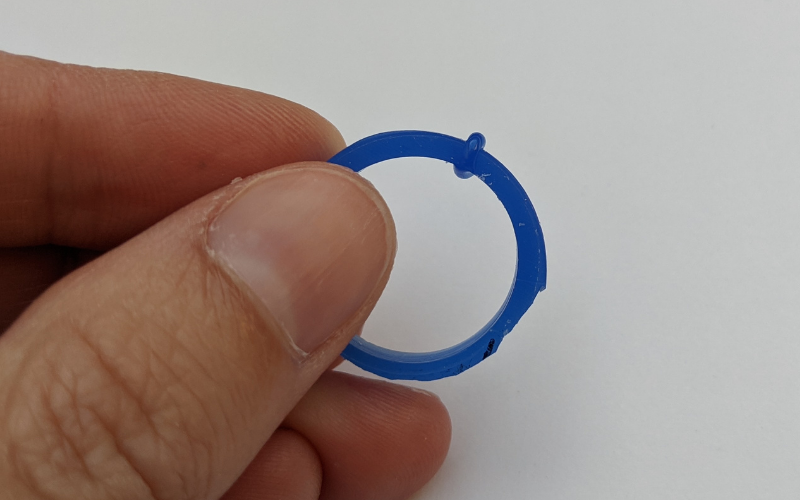
And it files away without a problem
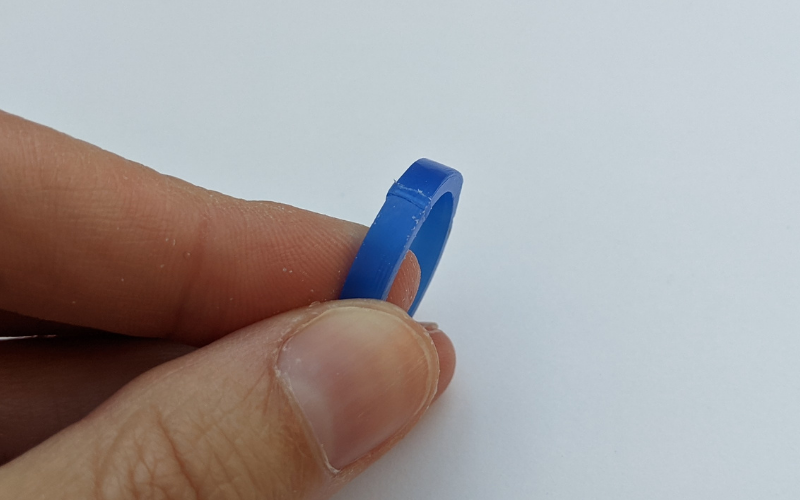
Remelting scraps: Scraps melt down quickly and evenly. You end up with a nice workable piece of wax again.
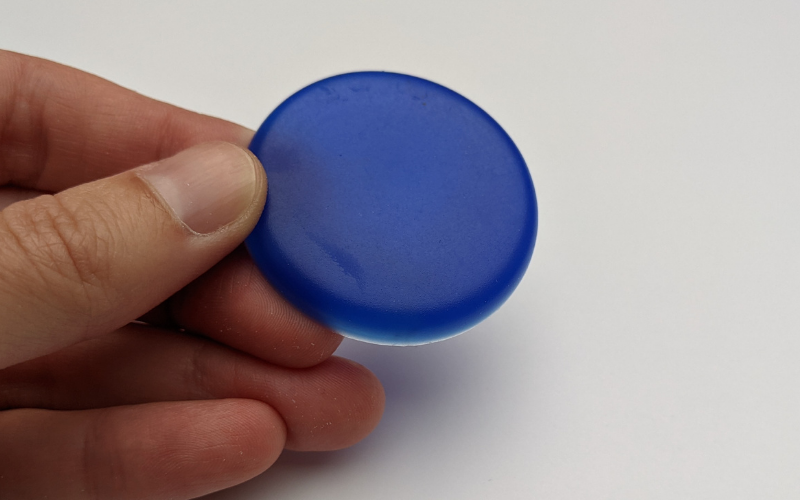
Burring
Burring is good. The burr goes into the wax quickly and you can remove a lot of wax fast. But the burr can dig in if you’re not paying attention! Going slower will get you better results.
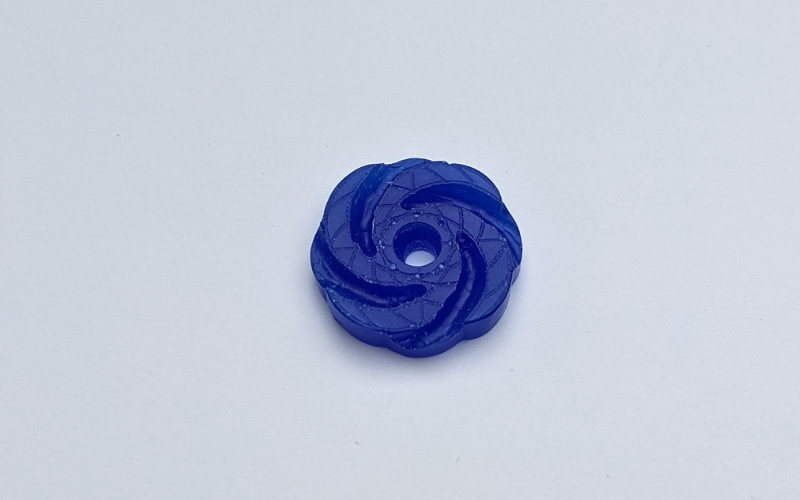
Marking
Marking is ok. You can get good deep lines, but wax dust clings to the edges.
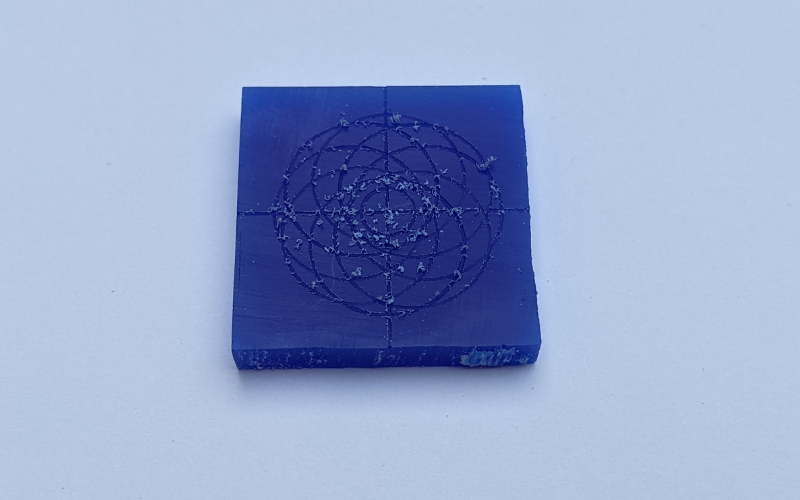
You can remove the majority of the dust with a toothbrush, but some wax dust stays inside the marks. This isn’t a super big problem. The lines are still clearly visible, even with some dust in them.
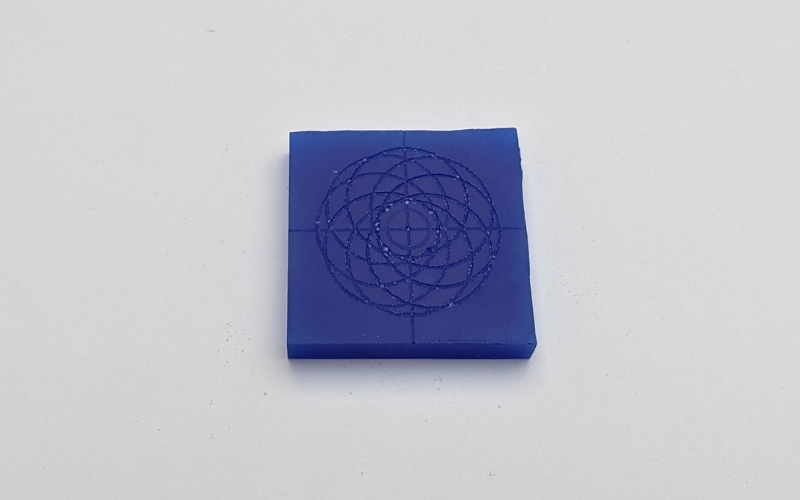
Stanley knife
A stanley knife works great on blue wax. You can remove thin slivers and small sections.
The knife only cuts where you want it to and then stops.
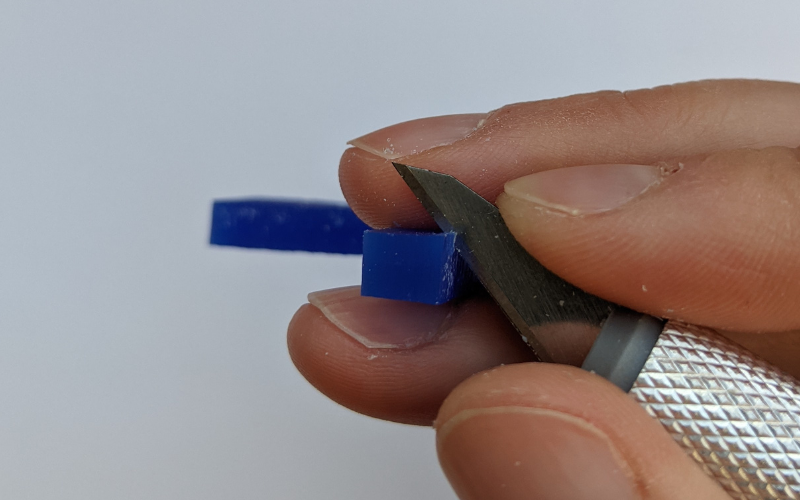
You can only see the small line the knife leaves behind.
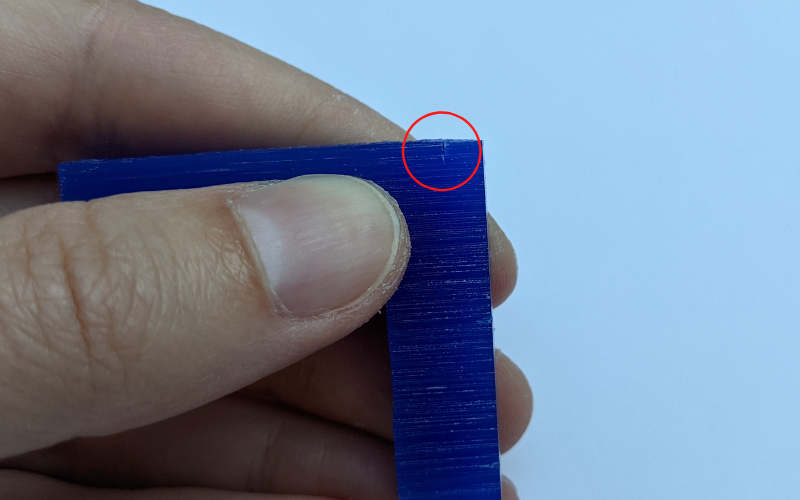
Verdict
Blue is the default wax for a reason. It works well with every tool. No matter what your project is, blue wax can get the job done.
Comment below and tell me your experience working with blue wax!